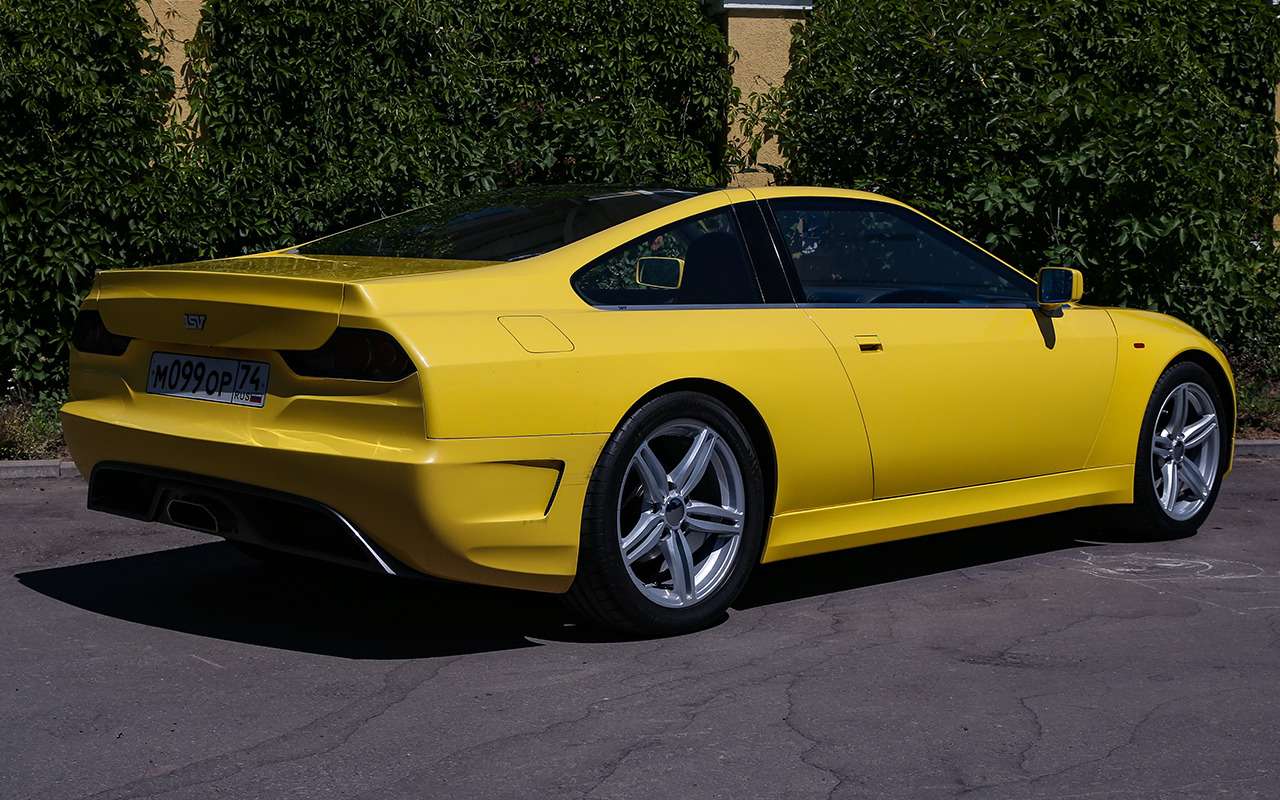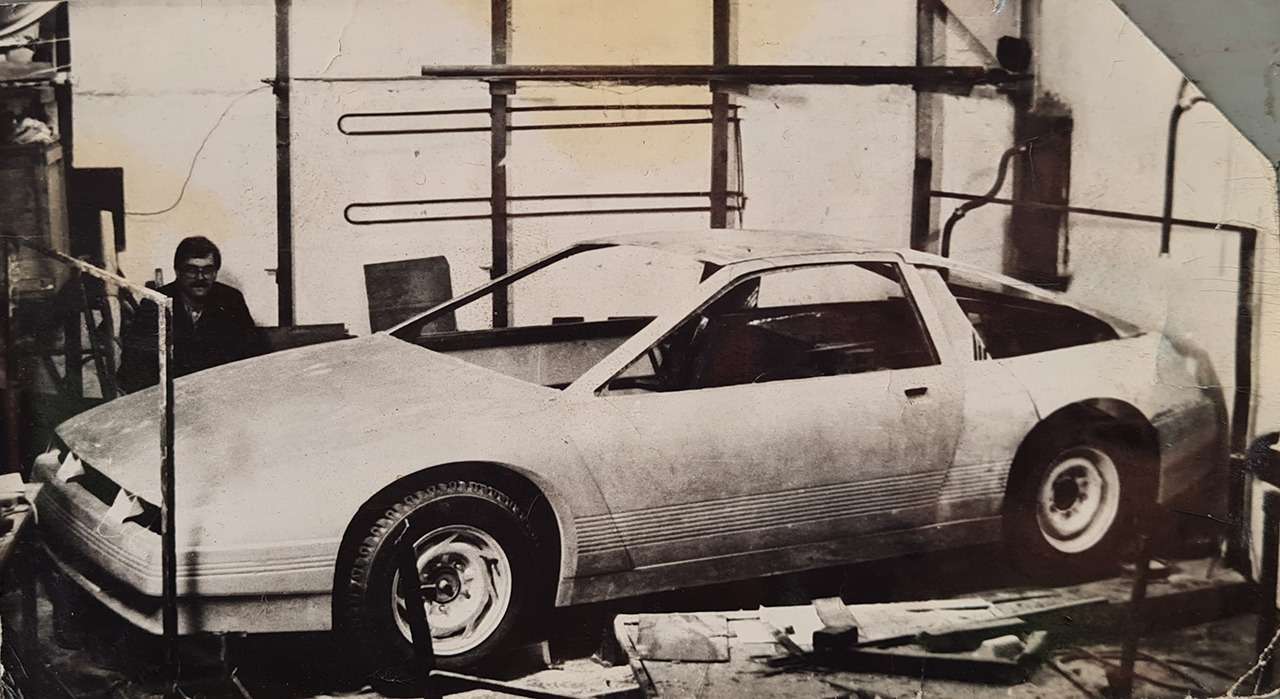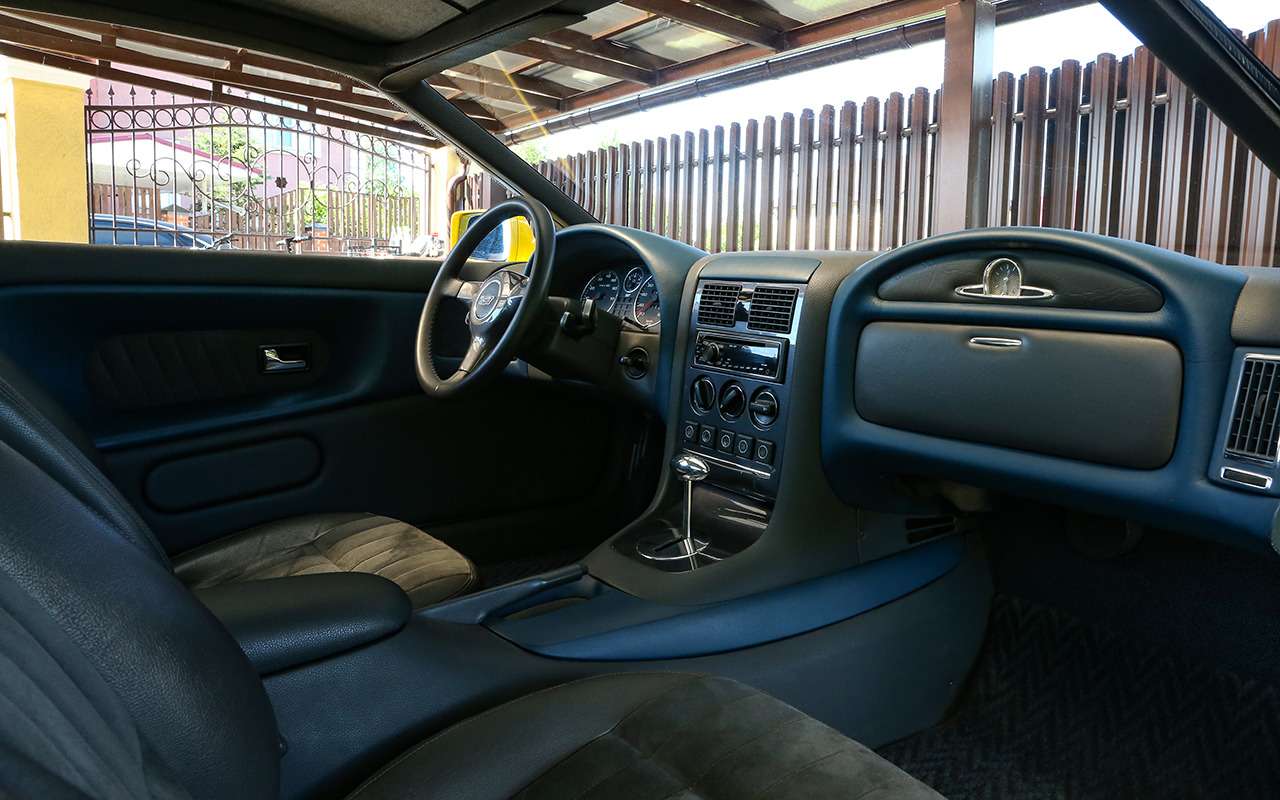The ISV sports car (named after the initials of its creator – Ivantsov Sergey Vladimirovich) stands out from the general range of household homemade products not only with a balanced and harmonious design, but also with high build quality and elaboration.
No wonder – after all, the car was built for decades and is being modernized to this day.
List of donors
The car was conceived in 1982, in the era of total shortages. That’s why they collected it from everything that could be found. So the windshield was borrowed from the RAF and the rear window was cut from Ikarus glass. Chassis and units were acquired from the Niva.
But gradually, domestic parts were replaced by imported counterparts. This is how the braking mechanisms of the VW Passat B5 appeared. In the cabin are ventilation grilles, dashboard and seats from the Audi 80. And everything has been redesigned beyond recognition. Even the buttons on the center console of the VAZ-2110 are not recognized.
Front optics were originally ours. But then the lenses were borrowed from the Passat, and the diffusers from Matiz. Lanterns from an American trailer – they were ready too. They got LEDs and hand-turned chrome trim and turn signals.
The symmetrical interior with two visors refers to American sports cars from the 1960s.
three hearts
From Niva, the car received not only the chassis, but also the units – the engine, gearbox and rear axle. In the early 2000s, an engine from the BMW three-ruble note appeared under the hood. The four-cylinder M40 engine has a displacement of 1.8 liters and an output of 113 hp.
Later the third engine was installed. Also from the BMW 3 Series, but more powerful – a 1.8-liter M42 with 140 hp and sixteen valves. Instead of a mechanical box, they introduced an automatic machine of the same “three rubles”. The box is oversized. To make it fit under the hood, I had to shorten the stiffeners on the crankcase a bit.

Sculpted from children’s plasticine
The architecture of the body is typical of such cars: a space frame made of rectangular pipes, and on top – fiberglass panels.
It took a lot of mock-up plasticine to make matrices for panels. But there was nowhere to take it. Sergey Ivantsov bought almost all window putty and children’s plasticine in stores and caused a stir among people.
The first assembled body disappointed and the developer had to start over! Little by little a new silhouette was created, which ultimately suited the maker.

Looks good but doesn’t drive well
ISV is more correct to call a show car, not a sports car. It looks really chic and impresses passers-by. But the behavior does not match the appearance.
The Niva’s undercarriage contributes to noticeable roll and late steering response, despite the low center of gravity. But the ISV drives well, especially by sports car standards.
The engine has more options than the suspension. As with the brakes, the ISV stops much more confidently than it is controlled.

Dreaming is not bad!
The ISV is reminiscent of another dream car, the De Lorean. The same spectacular appearance and completely unspeakable on the road.
But John De Lorean built a dream car for buyers and wanted to earn money and fame with it. That’s probably why the project didn’t work.
Sergey Ivantsov made a car for the soul. And I wanted to share my feelings and emotions with others. Such a project cannot fail.
- “Driving” can also be read on Viber.
In this car, everything is great – from the idea to the execution in metal and plastic. We even got to try out how it drives!



